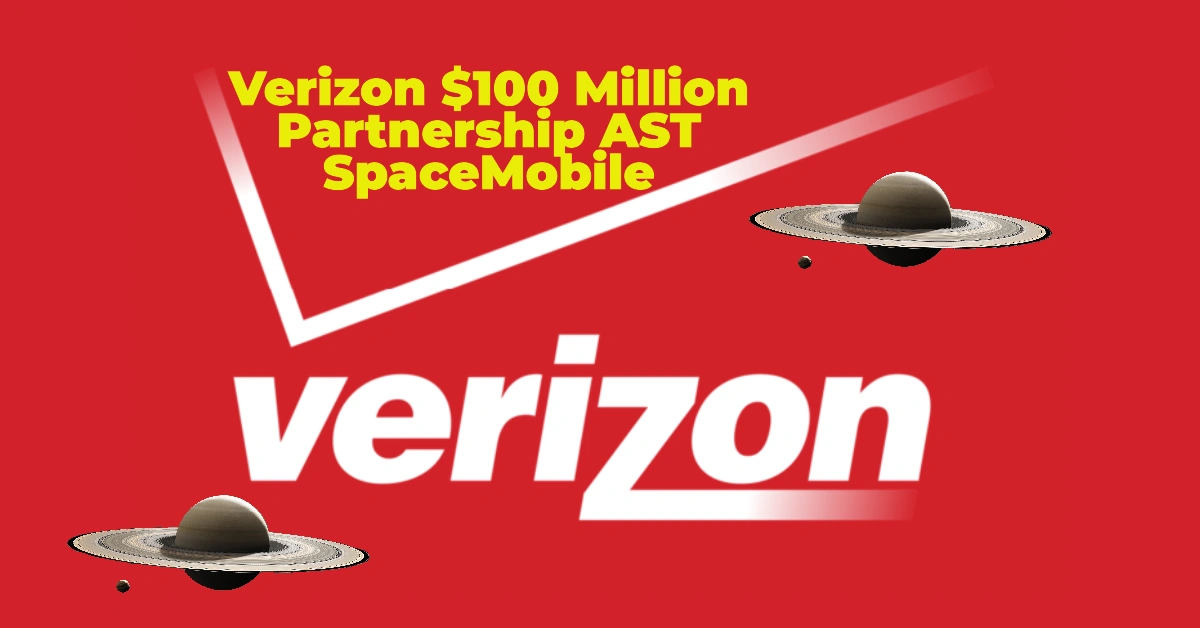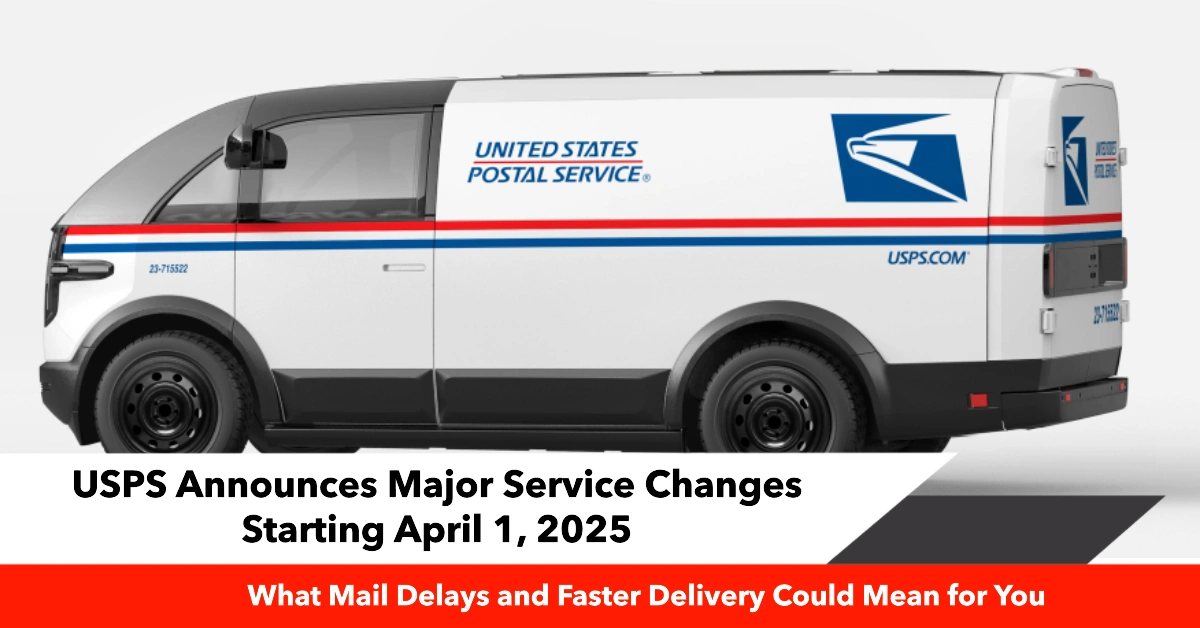Verizon (VZ) is taking a bold leap forward in telecommunications by integrating satellite technology into its network, ensuring connectivity even in the most remote locations. With FCC approval in hand and a $100 million strategic partnership with AST SpaceMobile, Verizon is set to revolutionize the way customers experience mobile coverage.
Table of Contents
Satellite-to-Cellular: A Breakthrough in Wireless Communication
The initiative includes AST SpaceMobile’s BlueBird satellites, which will provide direct-to-cellular service without requiring specialized hardware or software. This innovation bridges the coverage gap in rural and underserved areas, allowing Verizon to maintain its 99% coverage footprint while eliminating dead zones.
Verizon is also collaborating with Skylo to enable satellite messaging, further expanding its capabilities in both consumer and emergency communications. With 300 satellite-based portable network assets already deployed for disaster response, the expansion cements Verizon’s position as a leader in network reliability and resilience.
Verizon Settlement Payouts Leave Customers Frustrated as Payments Fall Short
Legal Battle Erupts Over $2.8 Billion Blue Cross Settlement: Law Firms Clash for Control
Strategic Impact: Why This Matters for the Industry
1. Expanding Market Reach Without Expensive Infrastructure
Satellite-to-phone connectivity removes the need for traditional cell towers in remote areas, making it easier and faster to expand coverage to unserved populations.
2. Emergency Preparedness and Disaster Response
Verizon’s investment strengthens its emergency response capabilities, ensuring communication remains intact during natural disasters, power outages, and crisis situations.
3. Competitive Advantage Over Rivals
By partnering with AST SpaceMobile and Skylo, Verizon creates a formidable barrier to entry for competitors, solidifying its dominance in network coverage and reliability.
4. Reduced Customer Churn and New Revenue Streams
With seamless connectivity in previously unreachable areas, Verizon is likely to reduce customer churn and unlock new revenue opportunities from rural markets, IoT applications, and enterprise solutions.
Investor Confidence: A Strategic Move for Growth
Verizon’s $134.8 billion revenue in 2024 underscores its financial strength, and this satellite initiative enhances its long-term growth strategy. The integration of satellite services not only increases market penetration but also strengthens Verizon’s technological leadership in the evolving telecom landscape.
With regulatory approvals secured and strategic partnerships in place, Verizon is poised to reshape the future of mobile connectivity—ensuring no user, no matter where they are, is left without a signal.










